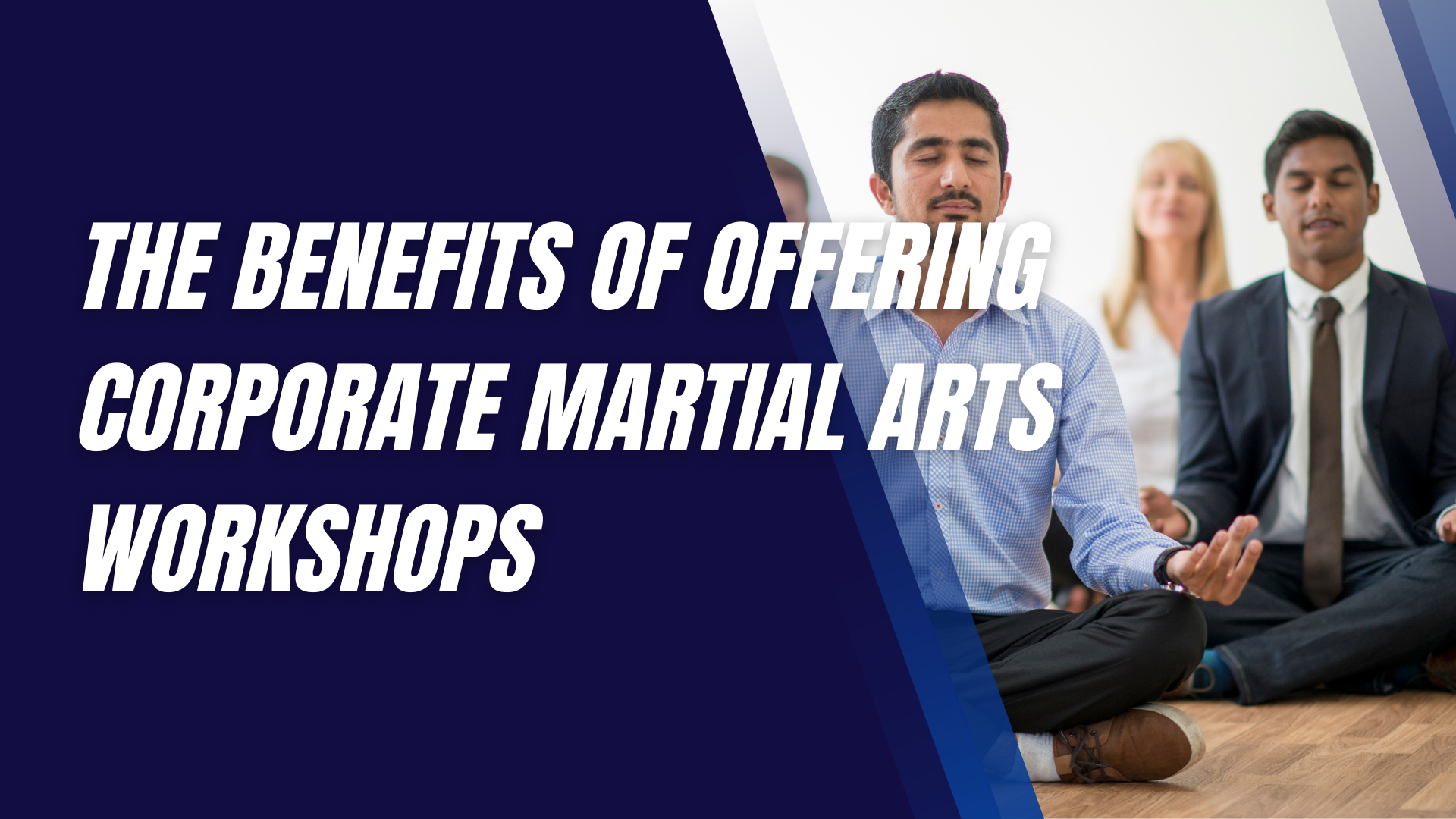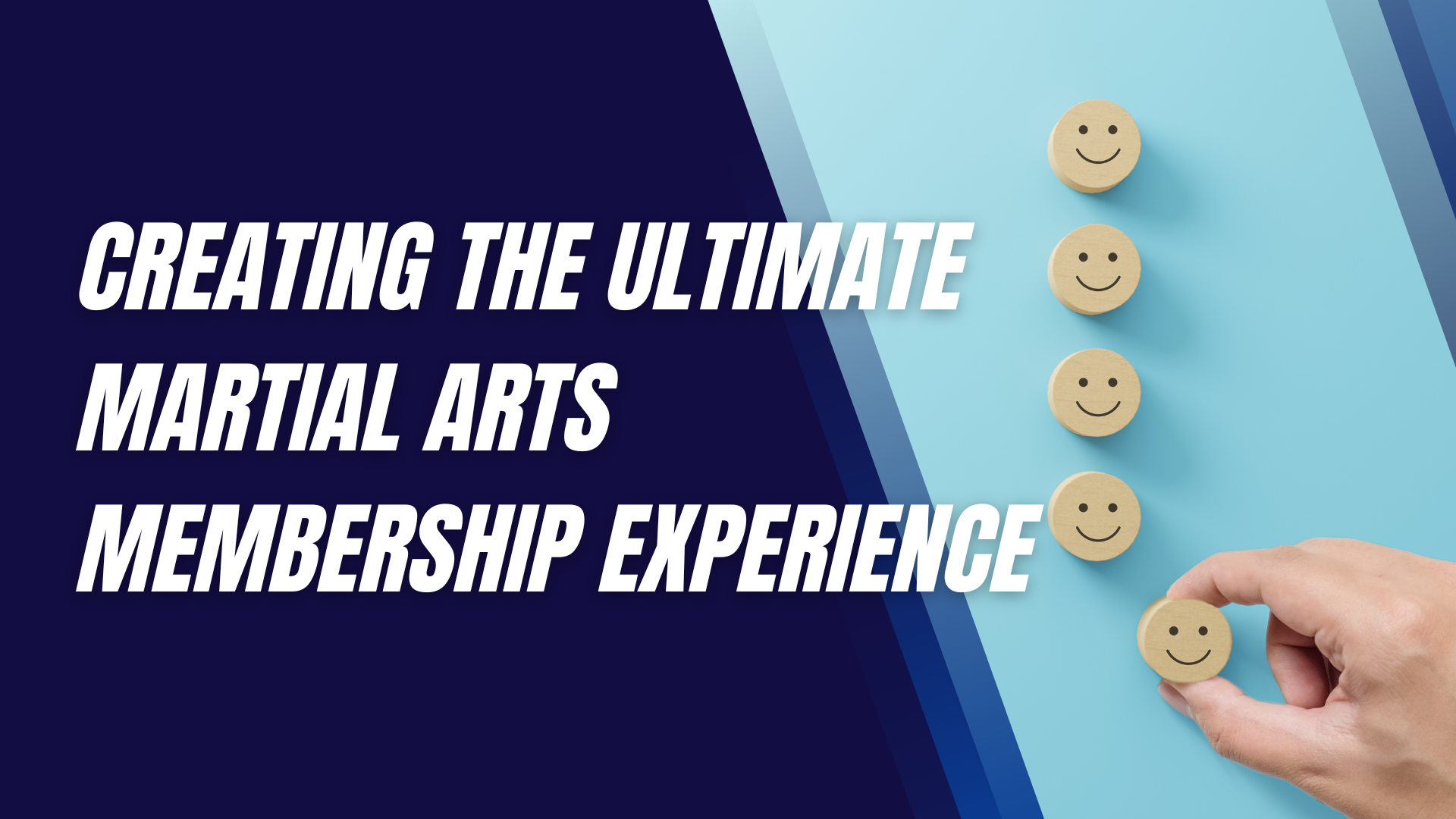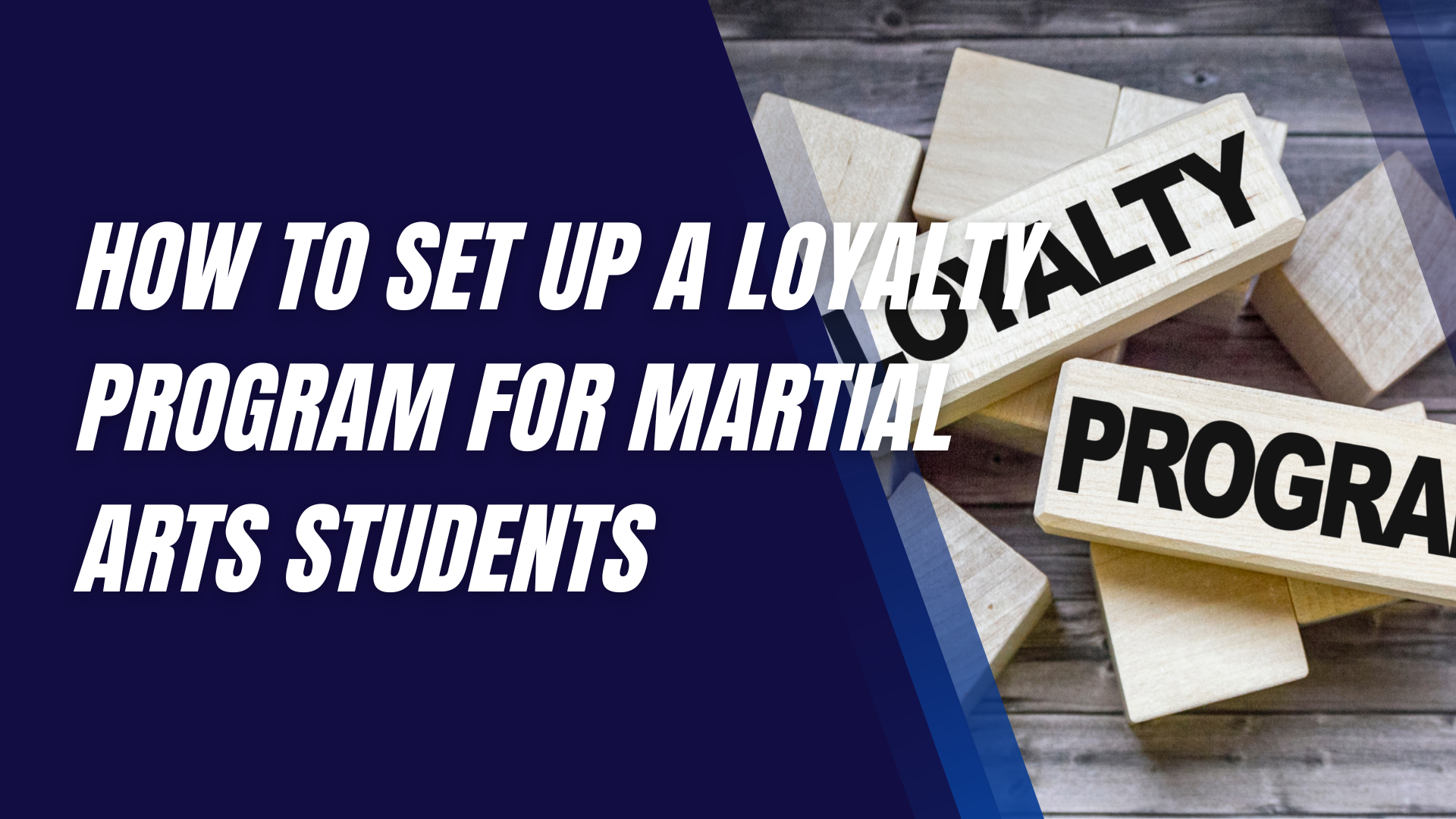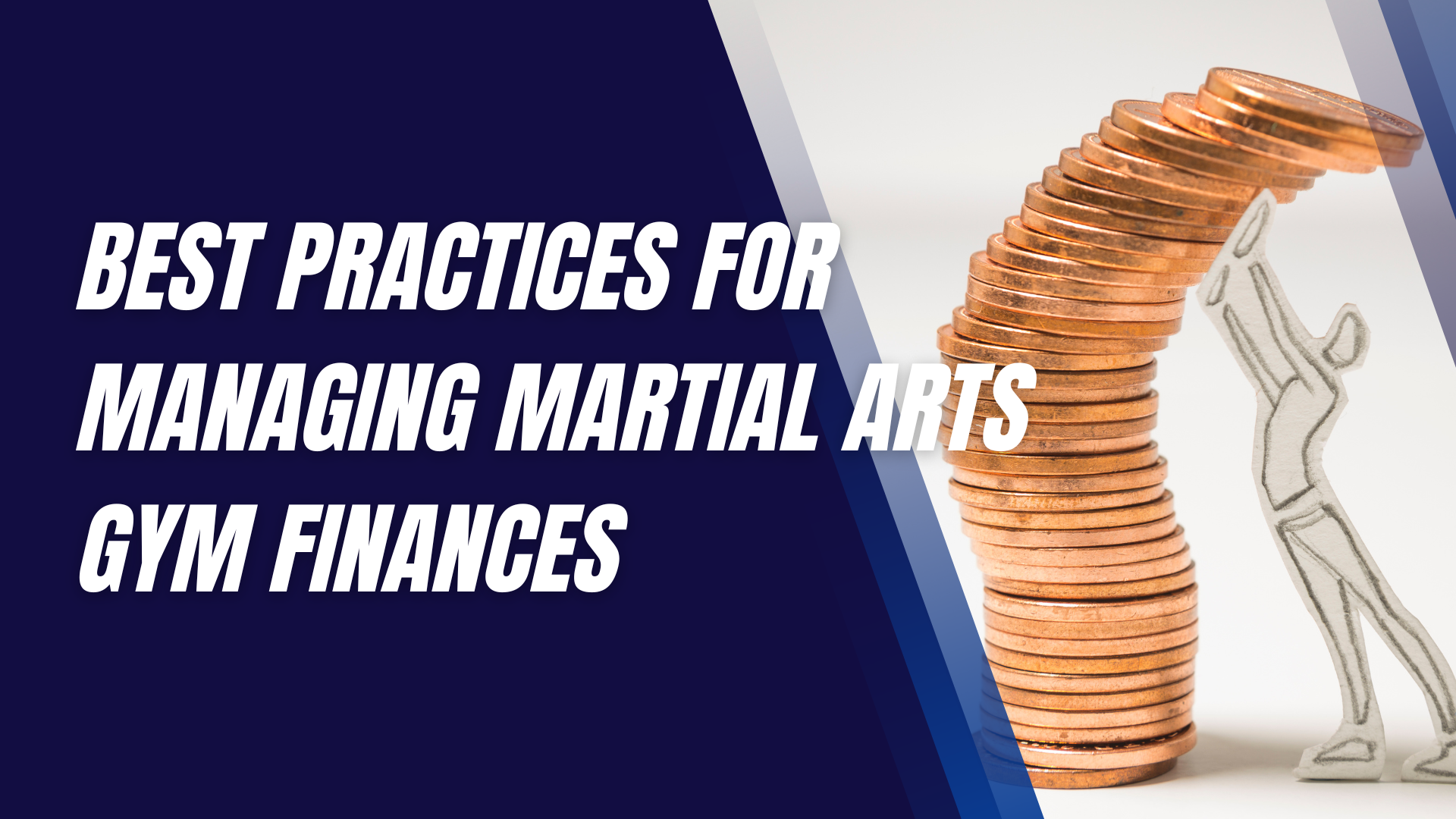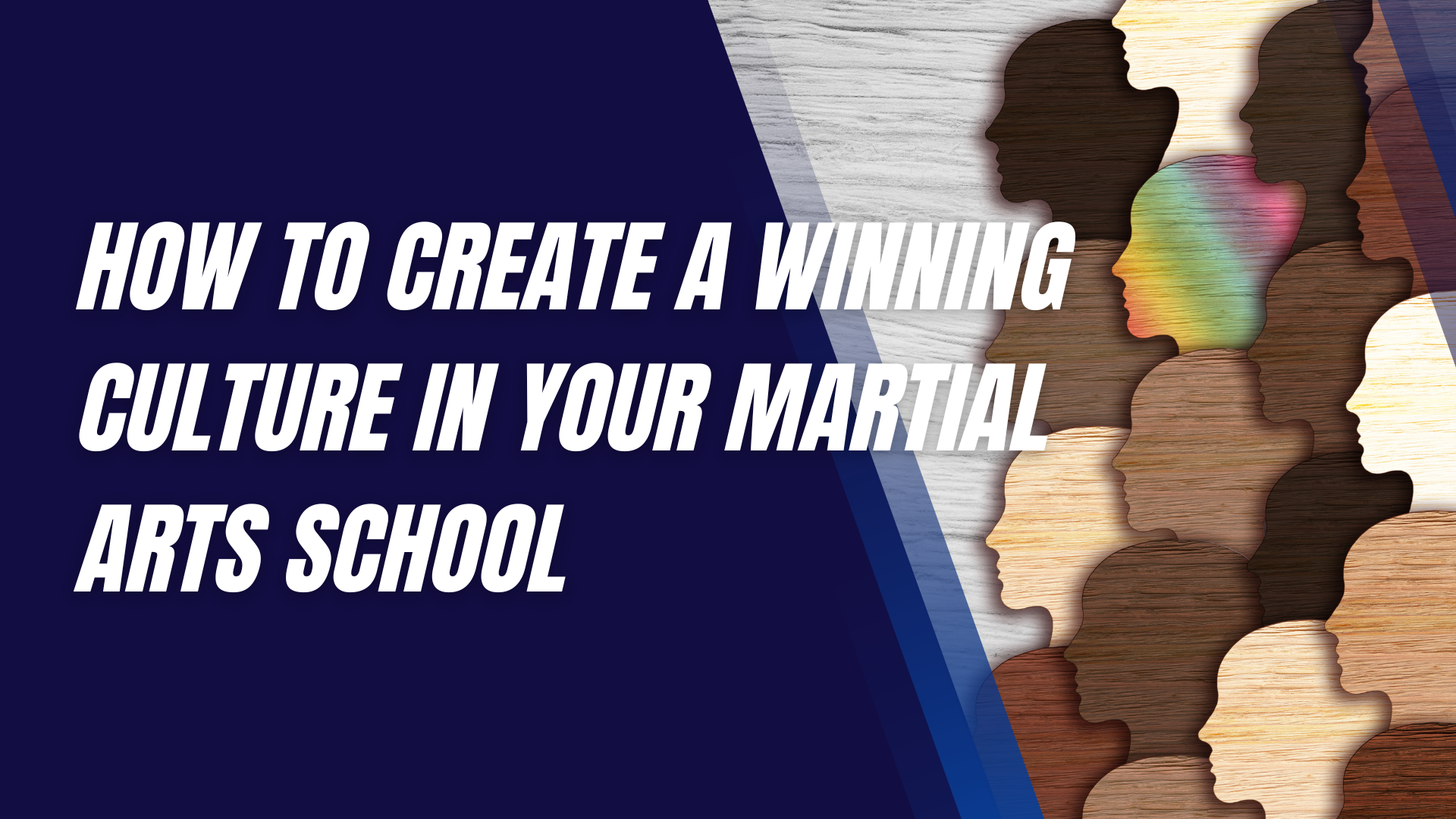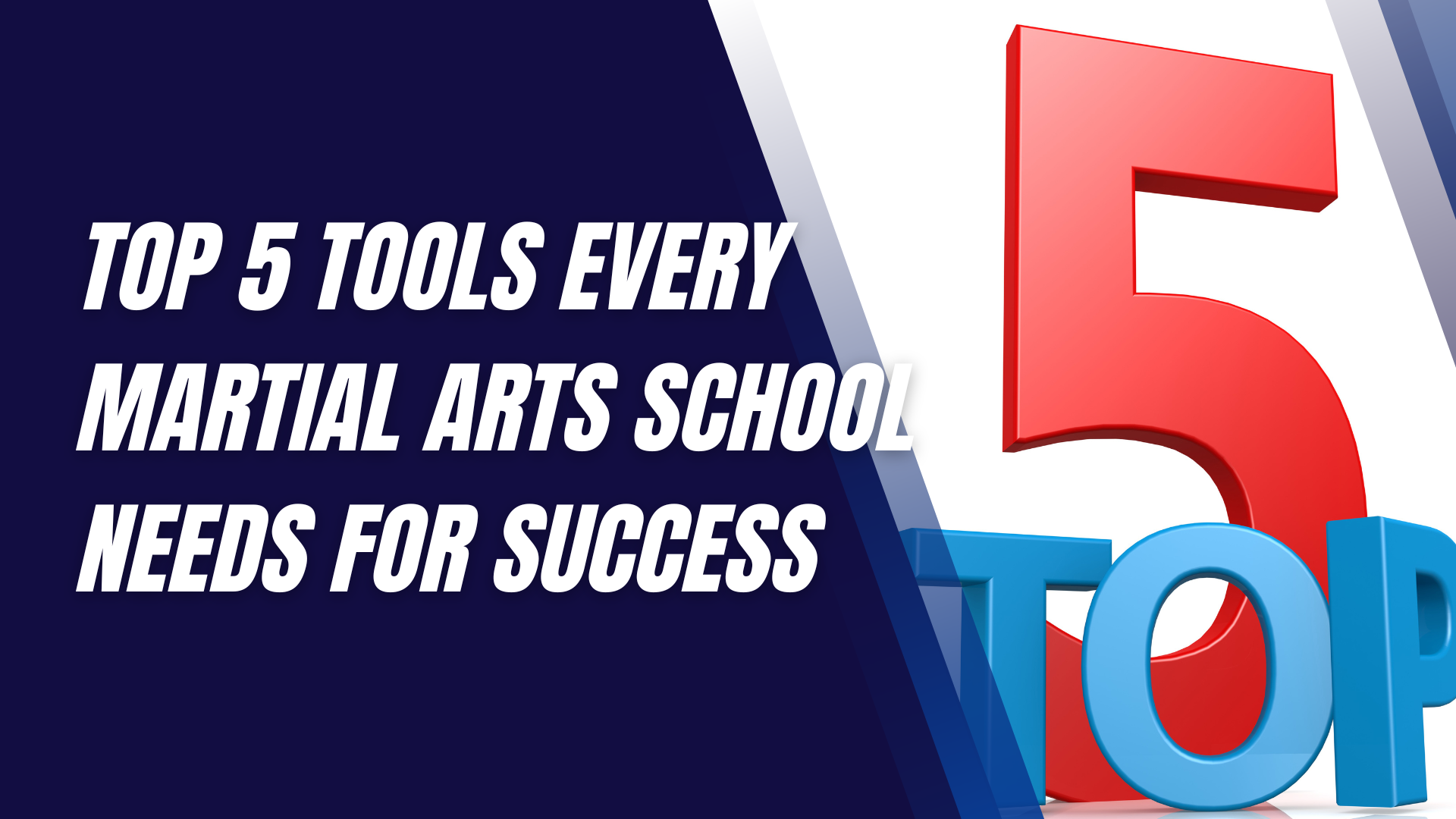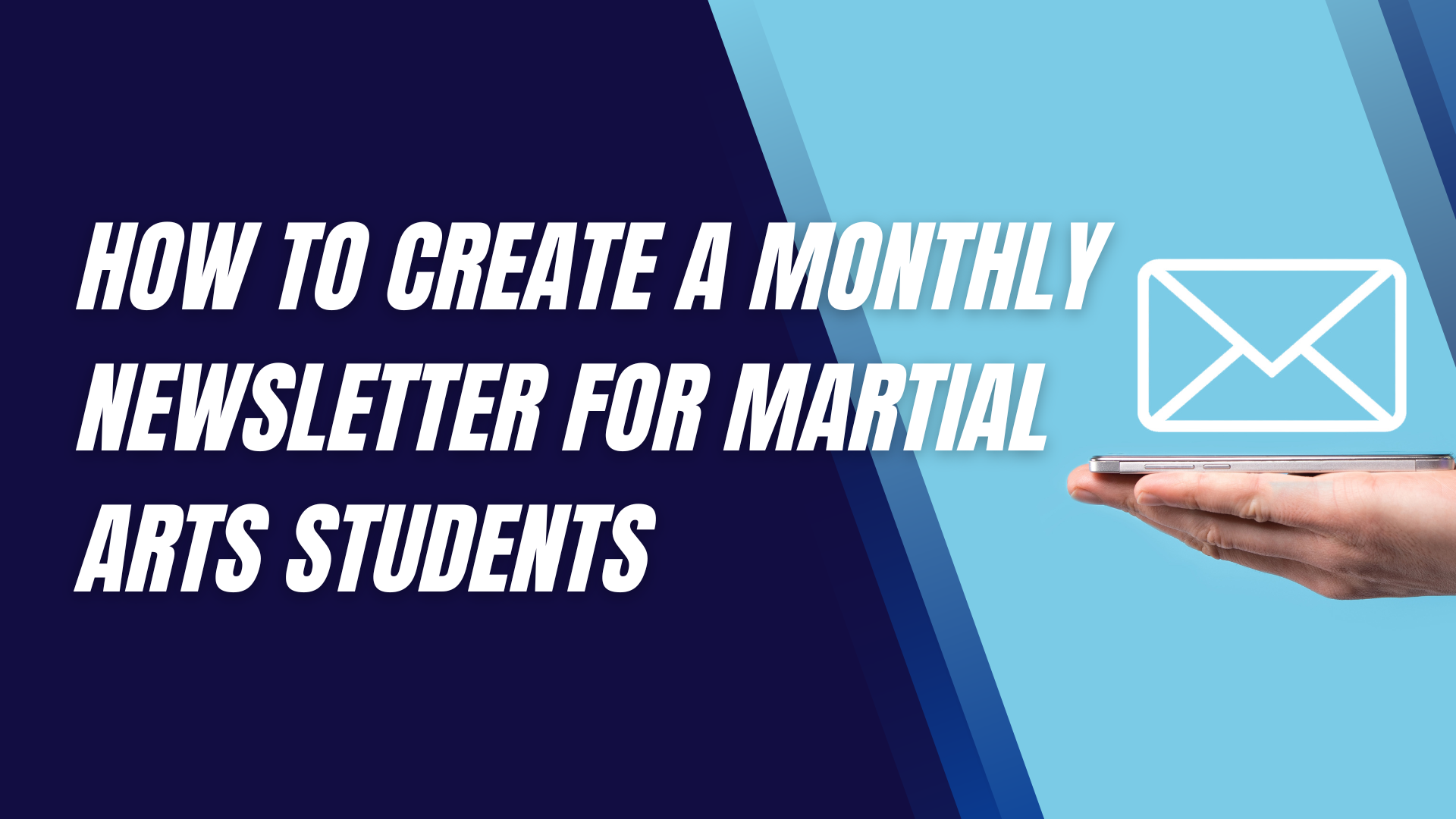A History of Submission Grappling Part I: Ancient Greece and Rome
by Joe Marino
Quite likely the earliest of all codified martial arts systems there exists clear evidence that wrestling contended as a sport that was revered for its skill and specialized knowledge at least as early as 4,000 years ago.
Egyptian murals dating from around this time depict two wrestlers competing, one on one, before crowds of spectators. The tomb of Baqet III in the famous necropolis at Beni Hasan contains a mural that may well be described as the oldest martial arts manual in known history, illustrating scores of common wrestling techniques. And around the world, we have similar and independent evidence of the existence of ancient codified wrestling from numerous other, independent cultures as well. around the world.
Submission grappling, however, is a very different breed of sport. In most accounts and rulesets for wrestling throughout human history, the goal of the sport is almost universally the same: to throw one’s opponent to the ground, but there were variations on this theme, to be sure. For example, while in some cases a throw might be scored when any part of a competitor’s body other than his feet touches the ground, in other cases the thrown man’s hip or shoulders might need to be on the ground for the throw to count., for example. The concept of continuing to grapple until one of the competitors actively forfeits the match, as we do in submission grappling, was a completely alien notion in the vast majority of codified wrestling systems.
Not so for the Greeks.
The Hellenic city-states were very well known for their almost religious love for sports. The ancient Olympic Games are known, even today, for gifting heroic status to their winners. Somewhat less known are the Nemean, Pythian, and Isthmian Games. Each of these took place in one of the non-Olympic years (the ancient Olympic games were held once every four years, just as they are in modern times); and while they were not quite as prestigious as the Olympian winners the champions of these games were certainly lauded and greatly celebrated by the Greek people.
Among the sports included, there were two Greek sports that were of exceptional note for the modern grappler. The first is wrestling, which first debuted in the 18th Olympiad, in the year 708 BCE. The other was first seen in the Olympics sixty years later, in 648 BCE, and was called “pankration” (Greek, παγκράτιον). The word can be translated into English as “all powers” or “all strengths,” and the event was very similar to modern mixed martial arts. Pankration allowed striking (both punching and kicking) as well as wrestling, and fights were allowed to continue even when one or both competitors had been taken to the ground.
Most of our early evidence for and knowledge of submission grappling in ancient Greece derives from this latter sport. We have painted pottery and statuary and literary descriptions, which very clearly depict techniques that we recognize today as chokes and joint locks. Early Greek wrestling, in contrast, seems to have been as focused on throwing one’s opponent to the ground as most other forms of wrestling in history, but in the later periods, it becomes clear that Greek wrestling took on a distinct submission aspect.
One very famous example comes from the life of Arrichion of Phigalia. He won the laurel for pankration at the Olympic Games three times, at the 52nd, 53rd, and 54th Olympiads (in the years 572 BCE, 568 BCE, and 564 BCE, respectively). It is that final win which became extremely famous. The details of the fight were carried to us through the works of two very famous historians, Pausanias in his Description of Greece and Philostratus in his Imagines, who both describe precisely the same thing.
The name of Arrichion’s opponent in that bout has been lost to history, but the man gave Arrichion the literal fight of his life. After some back and forth, the opponent managed to get behind Arrichion, sink in his hooks (to use modern BJJ terminology), and secure a Rear Naked Choke. Both of the historical sources describe this situation with exceeding clarity. However, Arrichion refused to give up. Perhaps thinking that the best defense against his opponent’s attack would be a strong offense, Arrichion ignored the choke and grabbed his opponent’s foot, securing what we would now recognize as a toehold. Arrichion wrenched his opponent’s ankle from its socket, forcing the contender to submit from the extreme pain. The opponent signaled his forfeiture to the referee, but when the two men were separated, it was found that Arrichion had been killed by his opponent’s choke. Still, since the opponent submitted while Arrichion did not, the judges of the competition ruled the dead man to be the winner and crowned his corpse with the Olympic laurel.
Lest we think Arrichion’s story to be a strange outlier, we can find other descriptions in Greek sources of uncannily modern submission grappling techniques being applied in ancient times. Two such accounts join with Pausanias’ and Philostratus’ descriptions of Arrichion’s death to make it perfectly clear that the Ancient Greeks performed the Rear Naked Choke in exactly the same way that modern submission grapplers do, and both are from later-period descriptions of the sport of wrestling rather than the pankration. The first comes from Lucian’s Anacharsis in the 2nd Century CE, which briefly describes a wrestler sinking hooks in, lacing up a rear-naked choke, and forcing his opponent to tap out.
The writer Nonnos, in his 5th Century CE work known as the Dionysiaca, provides an extremely detailed—even poetic—description of this same sort of situation. Nonnos, however, explicitly notes that the match which he is describing took place before wrestling had a rule for tapping-out, so the referee had attached straps to the wrestlers’ arms so that he might physically stop one competitor from killing the other by pulling on the straps to relieve pressure.
Even more striking than the clear description of the Rear Naked Choke in these accounts is the very explicit mention of tapping out to signal one’s forfeiture of the bout. In earlier times, the method by which a competitor signaled forfeiture—or “submitted,” to use the modern term—was to hold up a hand with his index and middle fingers extended together for the referee to see. Lucian and Nonnos give us a very clear inference that at a much later period this signal must be found lacking, and any modern submission grappler can likely see why with some immediacy. Firstly, one is not always in a position to make such a signal practical when one wants does want to forfeit the match; but even more importantly, signaling forfeiture to the referee does not directly inform one’s opponent that you have submitted, directly. By the time the referee sees the signal and then informs the attacker of the submission, extensive damage may already have been done. When a grappler taps his opponent to signal submission, that opponent knows that the defender has forfeited immediately. as soon as it has occurred.
Greek accounts of submission grappling are incredible for their similarity to the modern sport. However, they are possibly even more incredible for their dissimilarity to the vast majority of ways wrestling has been described throughout world history. of descriptions of wrestling from the vast majority of world history. It is possible to speculate a very good reason for this. Quite Likely more than any other culture until modern times, the ancient Greeks valued sport for the sake of sport. In most other cultures and periods of history, sports like wrestling were valued for their use in martial training, but they were not accorded much appreciation in and of themselves. Thus, while throwing one’s opponent to the ground can be an immensely useful tactic for a soldier on a battlefield, following him to the ground and remaining there to continue the tussle would not make for very good soldiering. It would break one’s defensive line and place one in a position to be trampled by friend and enemy, alike. However, when the sport can be appreciated for its own sake, it can be allowed to develop into areas that would not be practical on the battlefield. In both ancient Greek and modern wrestling, it would appear that this appreciation for the sport itself created an environment in which submission grappling could flourish.
____________
“For when he was contending for the wild olive with the last remaining competitor, whoever he was, the latter got a grip first, and held Arrhachion, hugging him with his legs, and at the same time he squeezed his neck with his hands. Arrhachion dislocated his opponent's toe, but expired owing to suffocation; but he who suffocated Arrhachion was forced to give in at the same time because of the pain in his toe. The Eleans crowned and proclaimed victor the corpse of Arrhachion.” –Pausanias, Description of Greece VIII.xl.1-2
“Accordingly the antagonist of Arrichion, having already clinched him around the middle, thought to kill him; already he had wound his forearm about the other’s throat to shut off the breathing, while, pressing his legs on the groins and winding his feet one inside each knee of his adversary, he forestalled Arrichion’s resistance by choking him till the sleep of death thus induced began to creep over his senses. But in relaxing the tension of his legs he failed to forestall the scheme of Arrichion; for the latter kicked back with the sole of his right foot (as the result of which his right side was imperiled since now his knee was hanging unsupported), then with his groin he holds his adversary tight till he can no longer resist, and, throwing his weight down toward the left while he locks the latter’s foot tightly inside his own knee, by this violent outward thrust he wrenches the ankle from its socket.” –Philostratus, Imagines 2.6
“Then, having fallen upon him, he does not allow the man to lift up his head, pressing the man’s head into the mud. And to finish him off now, having twined his legs around him along the man’s belly, having laid his forearm under the man’s throat, he strangles the poor guy, and the poor guy pats his strangler’s shoulder, begging, I suppose, that he not strangle him to death.” –Lucian, Anacharsis 1.9-13
“And having thrown the man completely spread out in the dust
Aiakos got on the middle of his opponent’s back
And sending his outstretched feet along under the spread out stomach,
Binding together a bent bond around just above the knees,
He pressed sole on sole and encircled the ankles to their outermost tips;
And having quickly stretched himself over his opponent’s back,
And winding his hands over each other like a wreath,
He cast a bond on the neck with his arm, having bent his fingers;
He drenched the heaped up sand with soaking wet sweat,
Cleaning off the running drops with dry sand,
So that the entwined man might not slip through the knot of his hands
While sending hot moisture down from his squeezed neck.
And while he was being squeezed by the sharp palm
The heralds chosen as overseers of the games wandered over,
So that the forearm with the yoked-together lifting-strap would not kill him.
For there was not at that time such a rule, which their
descendants made later on, that when a man is overwhelmed
by the strangled pain of necks being stretched by bonds
he gives over the victory to his wrestling opponent with sensible silence,
having tapped the winning man with a shameful hand.” –Nonnos, Dionysiaca XXXVIII.594-609
Interested in trying a martial arts class? Find an affiliated academy anywhere in the country by clicking here.
Have your own martial arts program? Get to know more about what we have to offer at Ground Standard Agency for helping martial arts businesses grow.
Email us at info@groundstandard.com, or call and text us at (732) 907-8920 today to learn how to start growing your own academy, school, dojo, or gym with us as well.
Share this article

